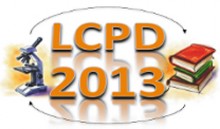-
Join the
Digital Meets Culture
Open Newsroom! If you have interesting news and events to point out in the field of digital cultural heritage, we are waiting for your contribution.
If you have interesting news and events to point out in the field of digital cultural heritage, we are waiting for your contribution.
-
Free text
-
-
Upcoming events
-

Step into the world of history and heritage through stunning 3D collections that bring the past to life. From pre-cinema artifacts in Girona to everyday objects and cultural emblems from the ancient oppidum of Bibracte in Burgundy, these collections … Continue reading →
 The deadline for submitting photographic projects for the AIPAI PHOTO CONTEST has been extended
The deadline for submitting photographic projects for the AIPAI PHOTO CONTEST has been extendedThe deadline for submitting photographic projects for the 3rd edition of the AIPAI PHOTO CONTEST, the photography contest organized by the Italian Association for Industrial Archaeological Heritage ETS, has been extended to October 31. The contest is organized in collaboration with DICEA … Continue reading →
 Brussels, November 13th and 14th, 2024
Brussels, November 13th and 14th, 2024On November 13th and 14th, OpenLab.brussels is hosting the international conference “Creating Knowledge through Participatory Research” in Brussels. The OpenLab.brussels is a joint venture of ULB-VUB dedicated to participatory research. It aims to mobilize our academic community and public or private stakeholders … Continue reading →
Topic: eagle
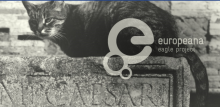
This event was aimed at anyone interested in epigraphy (digital or non-digital) as well as to the establishment and diffusion of general best current practices for digital editions. It covered many aspects of digital technology applied to inscriptions, from content to management and networking. It was composed of 3 workshops (Harmonization and interoperability of Inscriptions, Translations of Inscriptions, Intellectual Property Rights) and a photographic workshop on shooting high quality images for online publication and research. Continue reading
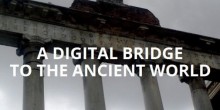
Alongside the great new logo, EAGLE have also launched their website and project tagline – ‘A digital bridge to the ancient world’. The rich, detailed and intuitive website (www.eagle-network.eu) contains all the information relevant to the project, including contact information, upcoming events and schedules, and a detailed description of partner institutions and their contributions. Continue reading
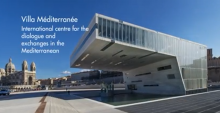
The event is very wide. For this reason, to provide an effective way for participants to explore such a rich and diverse program, Digital Heritage 2013 built an interactive schedule featuring social networking, a personal agenda builder, dynamic attendee directories, and more. Users can view the schedule in list, grid, and other forms as well as on mobile devices. Continue reading
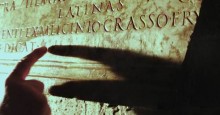
Europeana Professional recently published an interesting article related to Eagle project, a best practice network that brings together the most prominent European institutions and archives in the field of Classical Latin and Greek epigraphy to provide Europeana with a comprehensive collection of unique historical sources which constitute a veritable pillar of European culture. Continue reading
On the 12-13 November 2013, at the Jerusalem’s Van Leer Institute, is being held the Xth Annual International Event for Professionals in Cultural Heritage and Advanced Technologies. Scholars from all-over-the-world are invited to share their latest projects with the colleagues with a seven-minutes spot-light. Continue reading
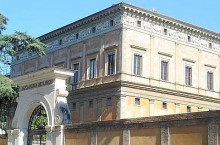
On April the 2nd 2013, the Accademia dei Lincei hosted the EAGLE Kick-off Meeting, a very successful event which brought together more than 20 cultural institutions and archives, universities, research centres and innovative SMEs coming from all over Europe, including the director of Europeana Foundation – Jill Cousins – and representatives of Wikimedia Italy. Continue reading
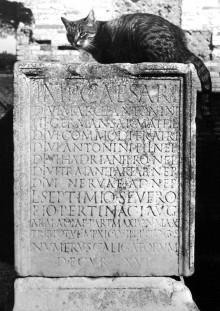
The EAGLE BPN represents a community of research institutions documenting the most recent progress in the study of Classical Epigraphy. By aggregating digital content from unique and authoritative collections in its domain, the BPN brings together a significant quantity of information about ancient writings on ancient artifacts to the wide Europeana audience, thereby enhancing the quality of the historical experience and stimulating discovery in primary source materials never disclosed before to users on such a large scale. Continue reading


